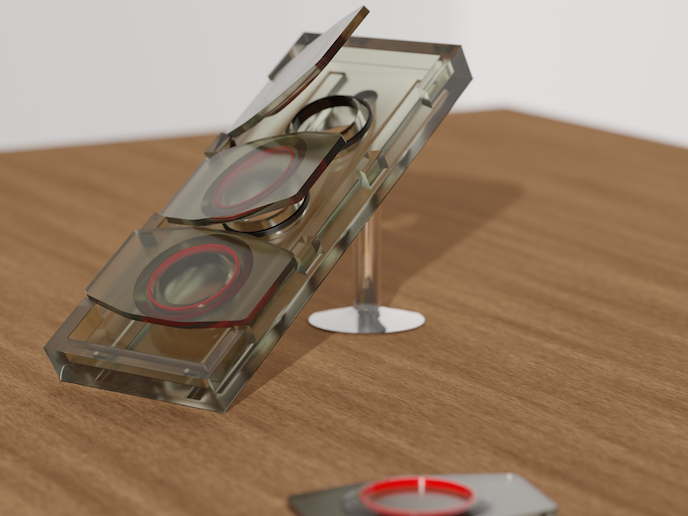First millifluidic bioreactor for better in vitro drug testing
New drugs typically cost from EUR 1 billion for chemical drugs, up to several billion for biodrugs. Notwithstanding the response to the COVID-19 pandemic, the process can take 10 years for traditional drugs, and up to 20 years for biodrugs. Also, regulatory approval must be sought following trials in cell cultures, animals and finally humans. “The failure rate of preclinical phases can reach 96 %, because testing drugs in cell monolayers isn’t a good indication of how they will function in animals,” says Manuela T. Raimondi from the European Research Council(opens in new window) supported MOAB project at the Polytechnic of Milan(opens in new window), the project host. The project developed a bioreactor(opens in new window) – a cell culture device called MOAB combined with novel scaffolds (nichoids) – for more realistic in vitro drug testing. Both inventions have been patented for international use. “These mini-models reproduced a cell response to drugs, such as chemotherapy agents and gene-modified stem cells, similar to animal models,” adds Raimondi. “Our design makes them more ethical, simpler to use, and cheaper than animal models.” EU support enabled the team to engage a business developer, and after attracting an investor MOAB srl(opens in new window) was established to commercialise the MOAB-nichoid device. Over 10 customers have been identified in Europe and the United States.
The MOAB meets the ‘nichoid’
In many diseases such as cancer, in vivo responses to drugs are the result of complex interactions amongst three-dimensional configurations of several cell populations. Monolayer cell cultures conventionally used for in vitro drug testing don’t replicate this. The MOAB bioreactor consists of three miniature culture chambers. Each can host 3D organoids(opens in new window), which are tissue models made up of living cells, a few millimetres in size and perfused with a nourishing culture medium. The team integrated a 3D nano-patterned microscopic grid for stem cell culture, called the ‘nichoid’, into the MOAB. The nichoid was fabricated using two-photon laser polymerisation. A pulsed laser is focused on a nanometre-sized spot of liquid polymer to induce polymerisation, when molecules form mini-3D solid networks. The beam is then manipulated to form the geometry of the microgrid on top of a glass coverslip. The nichoid increases the adhesion and biological expression of stem cells in a way reminiscent of their natural physiological environment. The nichoid-patterned coverslip is then glued to the body of the MOAB bioreactor to create the ‘MOAB-nichoid’ cell culture device. The device, which can host several million cells, is accessible to fluorescence microscopy for real-time study. With the culture medium in direct contact with living cells, its flow had to be precisely calibrated to avoid cell damage. “After fluid-dynamic simulations, we concluded that the MOAB-nichoid could withstand the hydraulic pressures caused by the flow of the culture medium,” notes Andrea Remuzzi from the Mario Negri Institute for Pharmacological Research(opens in new window) and responsible for this work.
Ready for new drug discovery
MOAB srl is now creating a cell model to test a new therapy of gene-edited haematopoietic stem cells(opens in new window), to cure blood-related monogenic diseases such as sickle cell anaemia and haemophilia. In the therapy, haematopoietic stem cells are collected from patients, then edited to correct mutation, before being reinfused back into the patients. “The MOAB-nichoid will provide an innovative in vitro testing platform, able to verify the safety of gene-edited haematopoietic stem cells,” explains Raimondi. “The method could also partially replace animal testing.” Inputs from regulatory bodies such as the European Medicines Agency(opens in new window) will now help standardise the MOAB-nichoid for in vitro drug testing.







